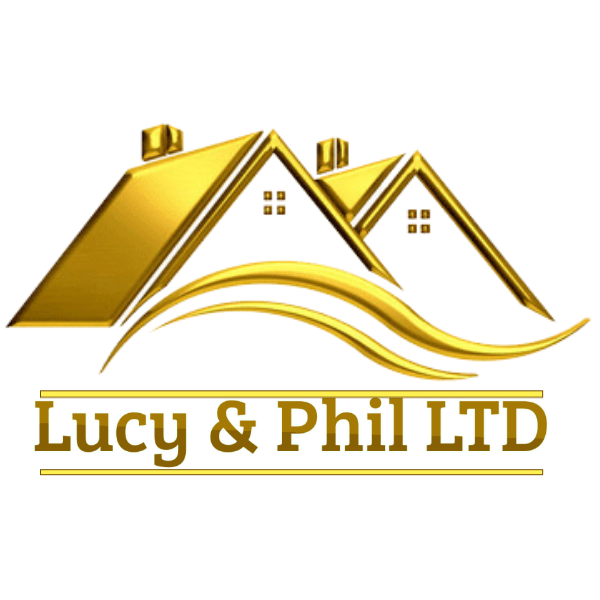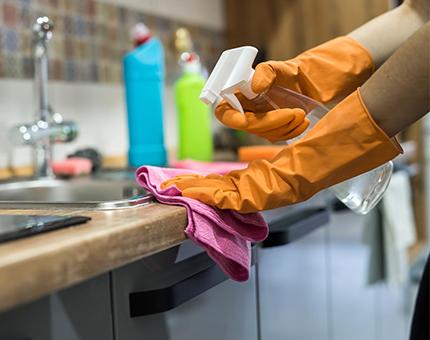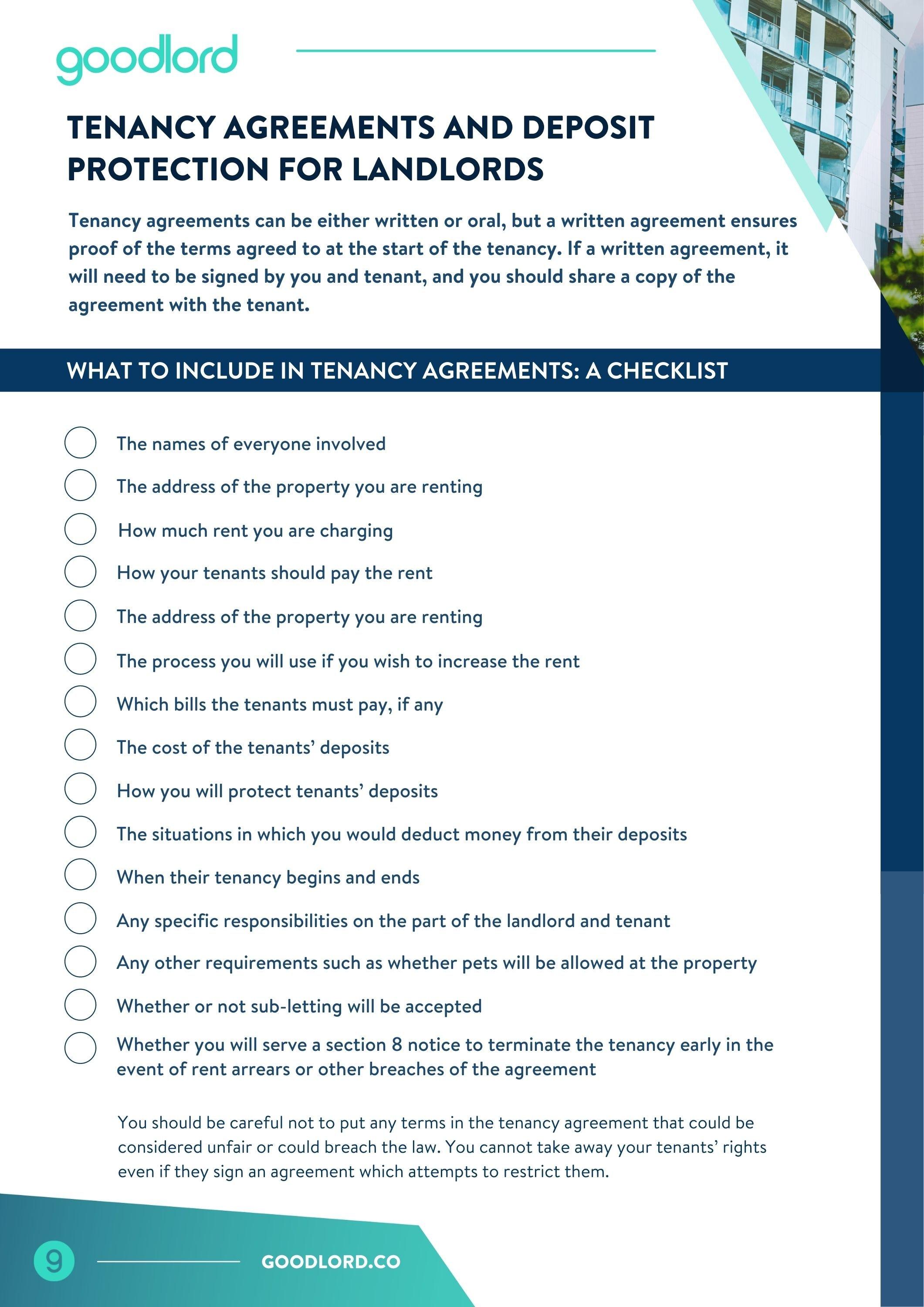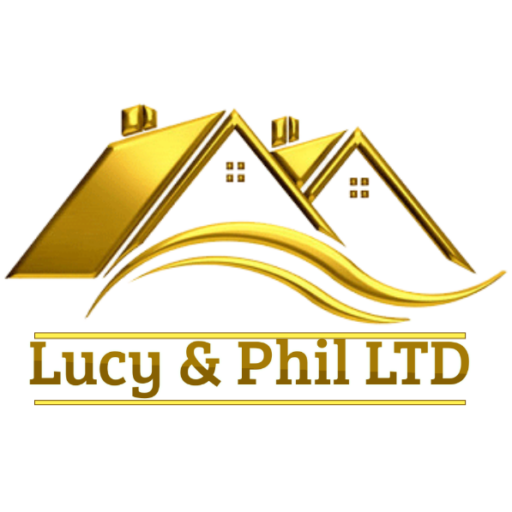
Every home and workplace accumulates the kind of grime that daily routines politely step around. Behind appliances, along skirting boards, in grout lines and vents-life leaves traces that a quick tidy can’t quite lift. Deep cleaning steps in where surface cleaning stops, restoring not just what you can see, but what you can feel: freshness, order, and a reset.
In the UK, the need is shaped by local realities: older housing stock with stubborn nooks, hard water that feeds limescale, damp seasons that invite mould, and a robust rental market where end-of-tenancy standards are exacting. Professional deep cleaning services respond with method and measure-using specialist tools, EN-standard disinfectants, and procedures aligned with UK health and safety guidance. Many providers also signal credibility through insurance, DBS-checked staff for sensitive sites, and accreditations such as BICSc or SafeContractor.
This article unpacks what “deep clean” really means in the UK context: how it differs from a regular clean, when it’s worth booking (from post-build dust to pre-sale polish), what a thorough checklist includes, the standards and certifications to look for, how pricing typically works, and how to choose a service that matches your space and expectations.
Table of Contents
- What a true UK deep clean covers room by room and what it does not
- How to choose a vetted provider credentials insurance eco products and guarantees
- Pricing realities across UK regions and how to avoid hidden costs and delays
- Preparation and aftercare checklist to maximise results and protect your tenancy deposit
- Wrapping Up
What a true UK deep clean covers room by room and what it does not
Expect meticulous attention to high-touch and hard-to-reach areas in every space. In kitchens, technicians tackle baked-on grease on hobs and splashbacks, degrease the extractor and filters, wipe cupboard fronts and interiors (when emptied), descale taps and sinks, and clean appliance exteriors with optional interior cleans. Bathrooms get limescale removal from screens, taps, and shower heads, grout agitation, deep toilet sanitising (including hinges), and vent dust extraction. Bedrooms and lounges receive high-level dusting, light fitting wipe-downs, skirting and door-frame detailing, radiator fins brushed, and interior window panes and sills cleaned; hallways and stairs include bannisters, spindles, and woodwork. Utility areas often include machine seals, detergent drawers, and floors pulled out (where safe) for edge-to-edge results.
- Kitchen: Hob and splashback degrease, extractor/filters, cupboard fronts and interiors (if emptied), sink and tap descaling, appliance exteriors.
- Bathroom: Screen and tap descaling, shower head soak, grout agitation, toilet hinge detail, fan vents, mirrors.
- Bedrooms/Lounge: High-level dust, light fittings, skirtings, door frames, radiators, interior glass and sills, under/behind movable furniture.
- Hall/Stairs: Bannisters, spindles, scuff spot-treat where possible, edges and corners, thresholds.
- Utility: Washer seals and drawers, tumble filter housing, surfaces, floor edges.
| Room | Included focus | Notes |
|---|---|---|
| Kitchen | Grease, filters, cupboards | Oven deep clean often add-on |
| Bathroom | Limescale, grout, vents | Mould beyond surface needs specialist |
| Living | High dust, skirtings, glass | Upholstery cleaning is separate |
| Hall/Stairs | Bannisters, spindles, edges | Paint scuffs may not fully lift |
| Utility | Machine seals, drawers | Appliance servicing excluded |
There are also clear boundaries. A domestic deep clean does not replace trades or remediation work, and safety governs access and height. It typically won’t include exterior windows above safe reach, carpet shampooing or upholstery extraction without booking, paint restoration, pest control, or hazardous/biohazard cleanup. Full appliance disassembly, loft/garage clearances, and builder’s residue removal require dedicated services. Where reasonable, teams will flag items needing specialist attention rather than risking damage.
- Often excluded unless pre-arranged: Professional oven disassembly, carpet or upholstery extraction, exterior window cleaning, blinds steaming, balcony/driveway cleaning.
- Not covered: Structural mould remediation, asbestos/lead issues, pest infestations, appliance repairs, extreme hoarding clearance, high-access work without proper equipment.
How to choose a vetted provider credentials insurance eco products and guarantees
In the UK, start by confirming professional standards: look for BICSc-trained teams, SafeContractor/CHAS safety accreditation, and quality systems such as ISO 9001 (quality) and ISO 14001 (environment). Ask for proof of public liability insurance (ideally £5m) and employers’ liability (usually £10m), plus documented COSHH controls and risk assessments. Verify DBS-checked operatives for sensitive sites, and request a clear scope of works with measurable outcomes, including time-on-site and equipment lists. Transparent quotes with no hidden surcharges signal a reliable partner for deep cleaning in homes, offices, and high-traffic facilities.
- Credentials: BICSc ID, recent training certificates, H&S policy.
- Insurance: Certificates showing limits, dates, and exclusions.
- Method: RAMS, detailed checklist, before/after photos on request.
- References: UK client reviews, case studies, or site-specific testimonials.
- Pricing: Fixed scope, VAT clarity, materials/equipment included.
Prioritise solutions that minimise environmental impact without compromising results. Seek EU Ecolabel or equivalent eco-certified detergents, SDS for every chemical, and tooling like HEPA filtration and microfibre systems to cut water and chemical use. Favour low-VOC, phosphate-free, and biodegradable formulas-especially for kitchens, washrooms, and after-build cleans. A trustworthy company backs its promises with a service guarantee (e.g., re-clean within 24-48 hours), a clear SLA for response times, and post-clean aftercare guidance so results last longer.
| Ask For | Why It Matters |
| Accreditations (BICSc, ISO) | Proves training and consistent quality |
| Insurance Limits | Protects you if something goes wrong |
| Eco Labels & SDS | Safety, compliance, and greener cleaning |
| DBS & Vetting | Trust and site security |
| Guarantee/SLA | Accountability and fast fixes |
Pricing realities across UK regions and how to avoid hidden costs and delays
Budget swings aren’t just about house size; they reflect local economics and logistics. Expect a London premium (often 20-40% higher) driven by labour rates, parking and ULEZ/congestion zones; commuter-belt towns in the South East sit just behind. University cities spike around move-out weeks, while rural and coastal jobs may add travel time or ferry charges. Scotland’s Central Belt is steady; the Highlands can vary with seasonality. Wales and Northern Ireland often show lower base rates but longer mileage. Complexity matters everywhere: heavy limescale, oven degreasing, post-renovation dust, or mould remediation push time and materials; so do minimum-hours policies, eco-only products, and short-notice requests.
- Ask for a line-item scope (rooms, appliances, inside cabinets, spot walls, inside windows) with estimated hours per task.
- Confirm all pass-throughs: VAT, parking, road charges, waste disposal, key collection, and out-of-hours or weekend rates.
- Share access realities early-lift bookings, concierge rules, permit bays, alarm codes, water/power availability.
- Provide photos or a short video and note special surfaces (marble, oiled wood) to avoid on-site re-quotes.
- Lock a time window and buffer for traffic or previous-job overrun; agree a snag-list and sign-off method.
| Region | Typical hourly (per cleaner) | Common extras |
|---|---|---|
| London | £20-£28 | Parking, ULEZ, keys |
| South East | £18-£24 | Parking, travel |
| Midlands | £16-£22 | Waste, appliances |
| North of England | £15-£21 | Travel, minimum hours |
| Scotland | £16-£22 | High-rise access, waste |
| Wales | £15-£20 | Mileage, keys |
| Northern Ireland | £14-£19 | Travel, weekend |
To keep quotes firm and timelines smooth, request a fixed scope with exclusions, photo-backed estimates, and a checklist aligned to landlord or agency standards. Verify insurance, chemical data and patch tests for delicate finishes; agree arrival windows, lift or loading-slot bookings, and who supplies bin liners, bulbs, descaler, and oven trays. Clarify payment terms, deposits, and cancellation thresholds; share any builder overruns immediately to reschedule without fees. Finally, require before/after photos and a signed snag-list so any touch-ups are handled the same day-no costly revisits or diary drift.
Preparation and aftercare checklist to maximise results and protect your tenancy deposit
Before your cleaners arrive, set the stage so every minute goes into actual deep cleaning rather than tidying. Cross-check your tenancy inventory, highlight landlord hot-spots (oven, limescale, carpets), and make access seamless. Defrost and empty white goods the night before, clear worktops, and move lightweight furniture. Ensure hot water, power, and parking are available, and give your provider a brief priority list aligned with the agent’s check-out criteria.
- Declutter surfaces so cleaners can reach edges, sockets, and skirting.
- Defrost fridge/freezer and empty all cupboards, bins, and drawers.
- Lift soft furnishings and slide furniture for carpet edges and behind radiators.
- Photograph “before” shots and have your inventory/check-in report handy.
- Note pre-existing damage (chips, mould, stains) to avoid unfair deposit claims.
- Secure access: keys, parking, and clear instructions for entry and alarms.
After the clean, protect the finish and document the result. Ventilate rooms, allow carpets to dry fully (6-12 hours), and avoid heavy use of the oven or showering until the next day. Do a slow, well-lit walk-through against the inventory; take time-stamped photos, keep VAT invoices and any guarantees, and request a free re-clean window in writing if your service offers it. Small protective touches-like shower squeegees, oven liners, and door mats-help lock in the clean until inspection day.
- Walk-through with checklist and flag any misses within 24 hours.
- Open windows to speed drying and reduce product odours.
- Keep receipts for your deposit dispute pack; file them with dated photos.
- Spot-test touch-ups (walls, grout) and wipe fingerprints before check-out.
- Add quick protectors: squeegee in bathrooms, oven liner, felt pads under chairs.
- Confirm check-out timing so the property stays pristine until the agent arrives.
| Area | Agent focus | Aftercare tip |
|---|---|---|
| Oven & hob | Burnt-on grease, racks, glass | Use a liner; avoid cooking a day before inspection |
| Bathroom | Limescale, mould, sealant | Squeegee daily; ventilate after showers |
| Carpets | Stains, edges, traffic lanes | Shoes off; allow full drying; add doormats |
| Walls & skirting | Marks, dust lines, scuffs | Wipe fingerprints; use felt pads on chairs |
| Windows | Smears, frames, sills | Microfibre polish; keep handles fingerprint-free |
| Fridge/freezer | Odours, seals, trays | Keep off overnight; a bowl of bicarb to absorb smells |
Wrapping Up
In the end, deep cleaning is less about sparkle and more about confidence in your space. Across the UK, providers range from local specialists to national teams, offering tailored packages for homes, workplaces and end-of-tenancy turnarounds. The right fit usually comes down to clarity: a transparent checklist, sensible pricing for the scope, evidence of insurance and training, and methods that suit your surfaces-and your values, whether that’s eco-friendly products or low-disruption scheduling.
If you’re weighing up a DIY overhaul against a professional reset, think in terms of time, tools and tolerance for detail. A good service should leave you with measurable results and minimal fuss. When you’re ready, compare like-for-like quotes, read recent reviews, and ask about certifications and guarantees. Whether you need a seasonal refresh or a compliant, top-to-bottom clean before a handover, a considered choice now can keep your environment healthier, your maintenance simpler, and your standards easy to uphold.





